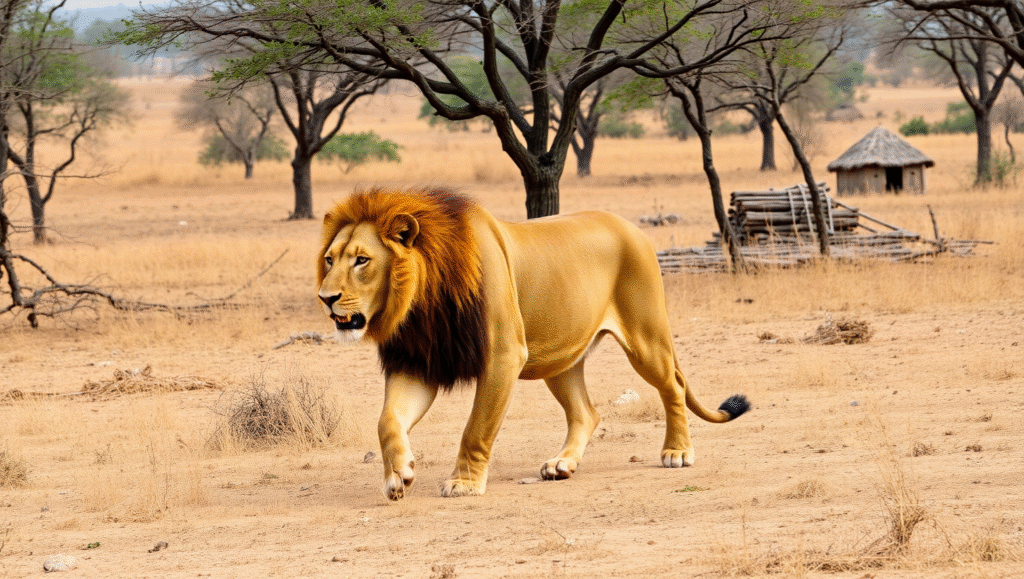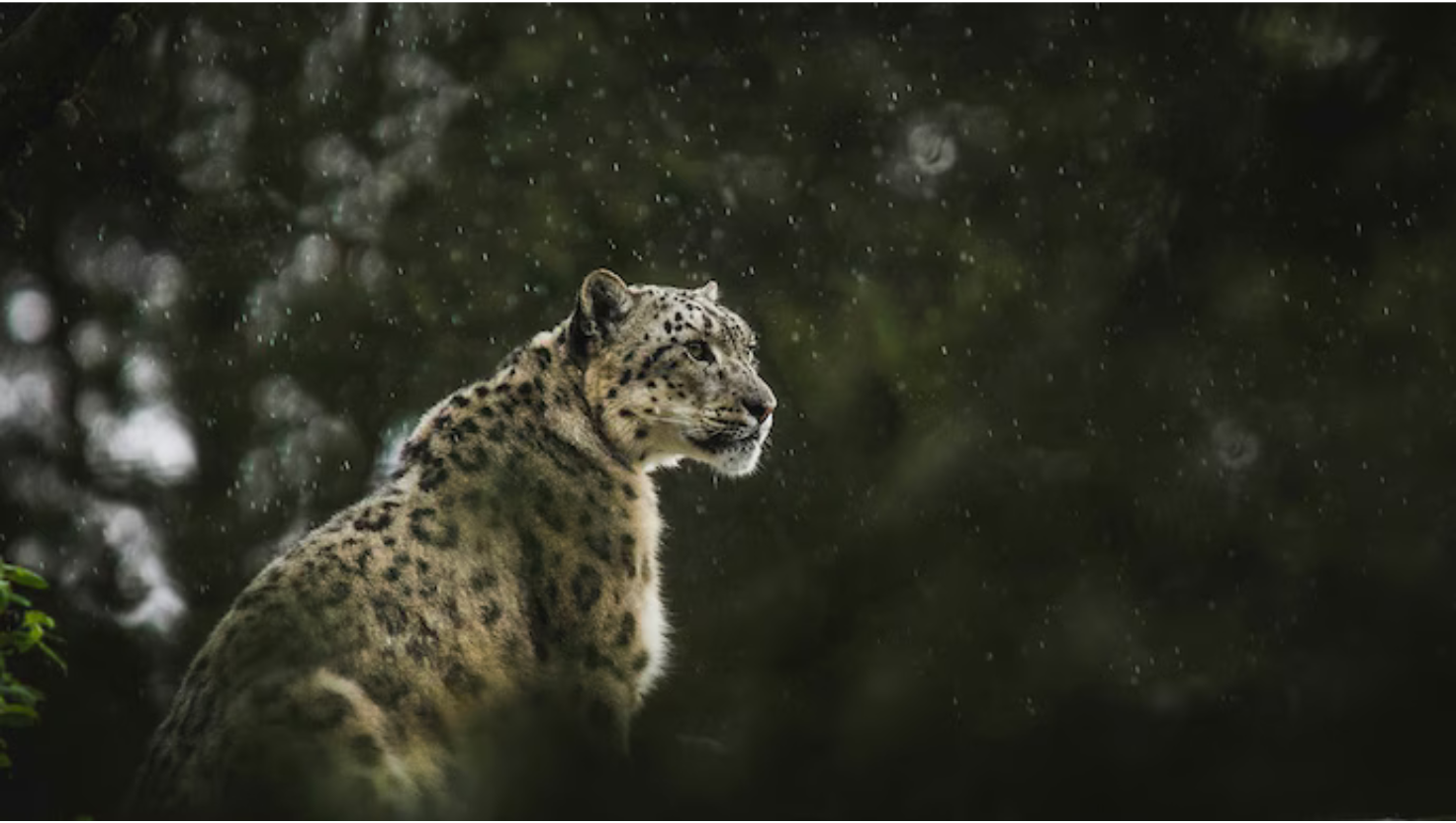Gir National Park & Asiatic Lion Conservation
Syllabus: Biodiversity & Environment (UPSC GS III, Prelims)
Gir National Park: An Overview
- Located in the Junagadh district of Gujarat, Gir National Park and Wildlife Sanctuary is the only natural habitat of the Asiatic Lion (Panthera leo persica).
- It was declared a sanctuary in 1965 and a national park in 1975.
- Gir is the largest compact stretch of dry deciduous forest in the semi-arid western region of India.
- The park supports diverse wildlife, including several species of mammals, reptiles, birds, insects, and rich flora.
Unique Socio-Ecological Link: Maldharis of Gir
- Maldharis are traditional pastoral communities who reside within Gir Forest.
- They live in settlements called “nesses” and maintain a symbiotic relationship with the forest and lions.
- Their presence has coexisted with conservation efforts, though it also poses unique challenges in balancing livelihoods and wildlife protection.
Other Important National Parks in Gujarat
- Blackbuck National Park, Velavadar
- Vansda National Park
- Marine National Park, Gulf of Kutch
Asiatic Lion: Conservation Profile
- Scientific Name: Panthera leo persica
- Natural Habitat: Gir National Park and surrounding areas in Gujarat
Protection Status:
- IUCN Red List: Endangered
- CITES: Appendix I (ban on international trade)
- Wildlife Protection Act, 1972: Schedule I (highest level of protection)
Threats to the Asiatic Lion
- Disease: In 2018, over 25 lions died due to the Canine Distemper Virus (CDV) outbreak in Gir.
- Habitat Pressures: Encroachment, forest fires, overgrazing, collection of fuelwood, and NTFPs.
- Human-Wildlife Conflict: Accidental deaths due to roads, wells, and rail tracks; rising tourism and religious pilgrimages increase stress on habitat.
- Poaching: Recent years have shown signs of illegal hunting activity.
Conclusion
Gir National Park plays a vital role in conserving the Asiatic Lion, but the species remains highly vulnerable due to its restricted habitat, disease outbreaks, and increasing anthropogenic pressures. A balanced approach involving community participation, disease management, and habitat diversification is essential to ensure long-term survival.











